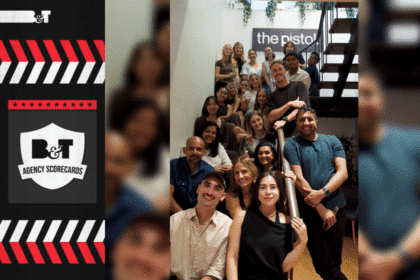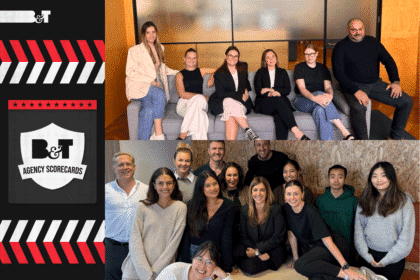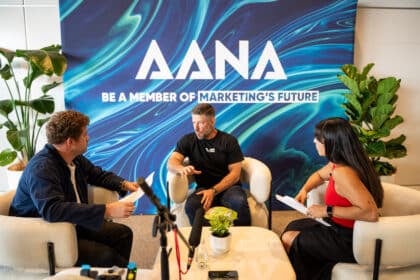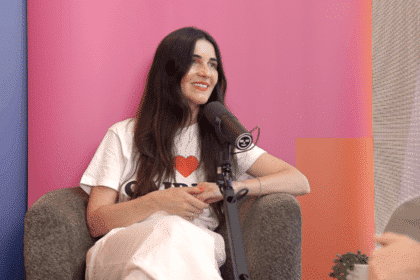2025 heralds the launch of the new AFL broadcast rights agreement and with that, Australia has entered a new era in sports streaming. For the first time, streaming is running across two platforms – Seven’s 7plus and Foxtel’s Kayo, marking a pivotal shift in how fans consume the nation’s most popular football code. The first 10 matches across the last two rounds have provided a fascinating case study in streaming execution and its implications for brands, writes Luke Smith, senior director, CTV & online video APAC, PubMatic.
In the fierce battle for audience attention, there were no free kicks given. 7plus leaned into its ‘Stream for Free’ model, while Kayo maintained its reduced ad load approach and prepared for its exclusive Saturday matches (limited to the first 15 rounds in Victoria). Viewers have been given a glimpse into the future of AFL streaming—one that prioritises accessibility, enhances the viewing experience, and unlocks new opportunities for brands.
What This Means for Brands & Broadcasters
As an avid AFL viewer, I’ve spent considerable time streaming the opening two rounds across multiple devices—linear, CTV, desktop and mobile. The experience highlighted three key takeaways in the evolving streaming landscape:
1. User Experience
Both 7plus and Kayo have access to billions of minutes of viewing data combined with decades of linear broadcasting experience, giving them deep insight into what drives audiences. Both platforms offered a seamless and personalised path to the match, with relevant video-on-demand (VOD) options conveniently placed alongside the live stream. Performance was solid—there were no app crashes, and in my opinion, the resolution was on par with broadcast quality.
That said, live sport is meant to be truly live. To test this, I measured the delay between linear broadcast and the live stream at the opening bounce:
7plus on mobile: 15 seconds
Kayo on mobile: 18 seconds
While this is just one of many hundreds of thousands of viewing experiences across the country, latency remains a challenge. As streaming technology continues to evolve, solving for real-time delivery should be a priority for the entire industry.
2. Sponsor Alignment
Live sport has always been a prime environment for brands to reach audiences, and now programmatic offers the promise of a 1:1 connection with these viewers, enabling an effective spread of impressions through frequency management tools. Sponsorships, however, are about contextual association – alignment with key moments, the first pre-roll or first goal in play, that lend themselves to the traditional linear 1: many approach.
How does this balance play out in practice with competing opportunities? Both platforms managed it effectively, blending strong sponsored brand associations from Toyota, McDonald’s, AAMI, Harvey Norman, and Chemist Warehouse with addressable advertising opportunities. Access wasn’t limited to major sponsors. With programmatic opening up amazing new opportunities for brands, it was great to see a diverse mix accessing live sport on both platforms. On 7plus, which runs a higher ad load, brands like SuperHero, Mosh, and Open University secured placements, while Kayo, with a lighter ad load, featured Milkrun, Samsung, and Anytime Fitness. Proving that by leveraging both sponsorship and programmatic, there are fantastic opportunities for brands – both new to live sports, and those with a track record of advertising against these events – to maximise contextual impact and enjoy targeted reach.
3. Ad Experience
Australia is at the top of the ladder when it comes to Dynamic Ad Insertion for Live TV. We have been doing it at scale for many years and the data sets available to reach desired audiences are of high quality.
Live sport is different though, and whilst advanced, you can’t predict when goals will be scored or how many of them there will be, nor the exact timing of the breaks. On a number of occasions, I found that instead of running digital impressions, the ad break cut into the linear broadcast ad feed (often referred to as the ‘dirty feed’); or the slate (an image indicating that the stream is in an ad break and that the content will be resuming soon).
This isn’t the publishers’ fault, but they’re the ones who are losing out on potential impressions going unfilled because brands are employing their business as usual (BAU) trading approach to live sport when:
Traffic shaping and queries per second (QPS) limits restrict the access for buyers due to high volumes of concurrent viewers and all the requests effectively being shared simultaneously.
Frequency management strategies are tight due to concerns around excessive repetition.
No one likes too much repetition, but being too rigid with frequency caps can mean missing out on high-impact moments—like serving an ad right after a goal when engagement is at its peak. Brands should explore smarter frequency strategies to maximise reach without sacrificing key opportunities.
The Opportunity for Brands
With the final siren sounding on the opening rounds, it’s clear that streaming live sport is winning; by how much is now the question. Years of planning have gone into ensuring this transition was a success, but now the focus needs to shift to how brands can best capitalise on these premium environments.
Live sport on BVOD is not a standard digital video buy—it presents unique challenges and opportunities for brands:
Fluctuating audiences – are brands equipped to capitalise on sudden surges in viewership that enable appropriate frequency for harder-to-reach audiences?
Operational efficiency – are brands leveraging the right buying mechanisms to enable enough control and maximise desired performance?
Optimal pathways – are the programmatic platforms being used capable of surfacing demand efficiently by providing suitable access?
2025 is the year that streaming becomes truly mainstream, and the AFL’s new broadcast agreement has set the stage. The success of live sports on BVOD will depend not just on the ease of access for audiences or the quality of the game, but also on how well brands can navigate the additional complexity. If executed correctly, an ad funded live sport streaming experience will continue to deliver a best-on-ground performance week in week out.








